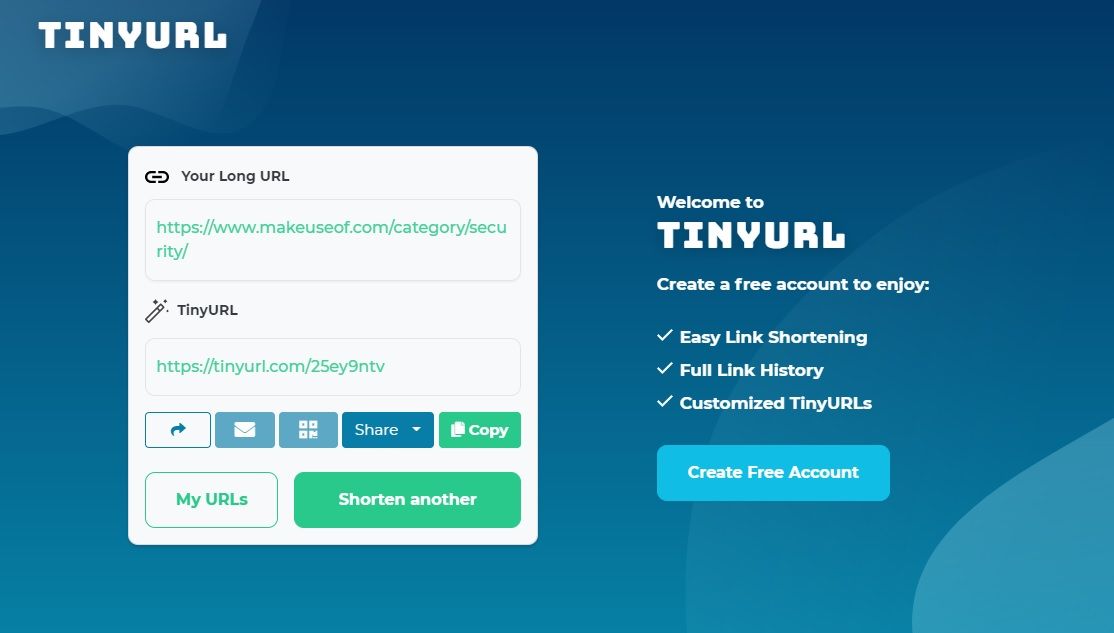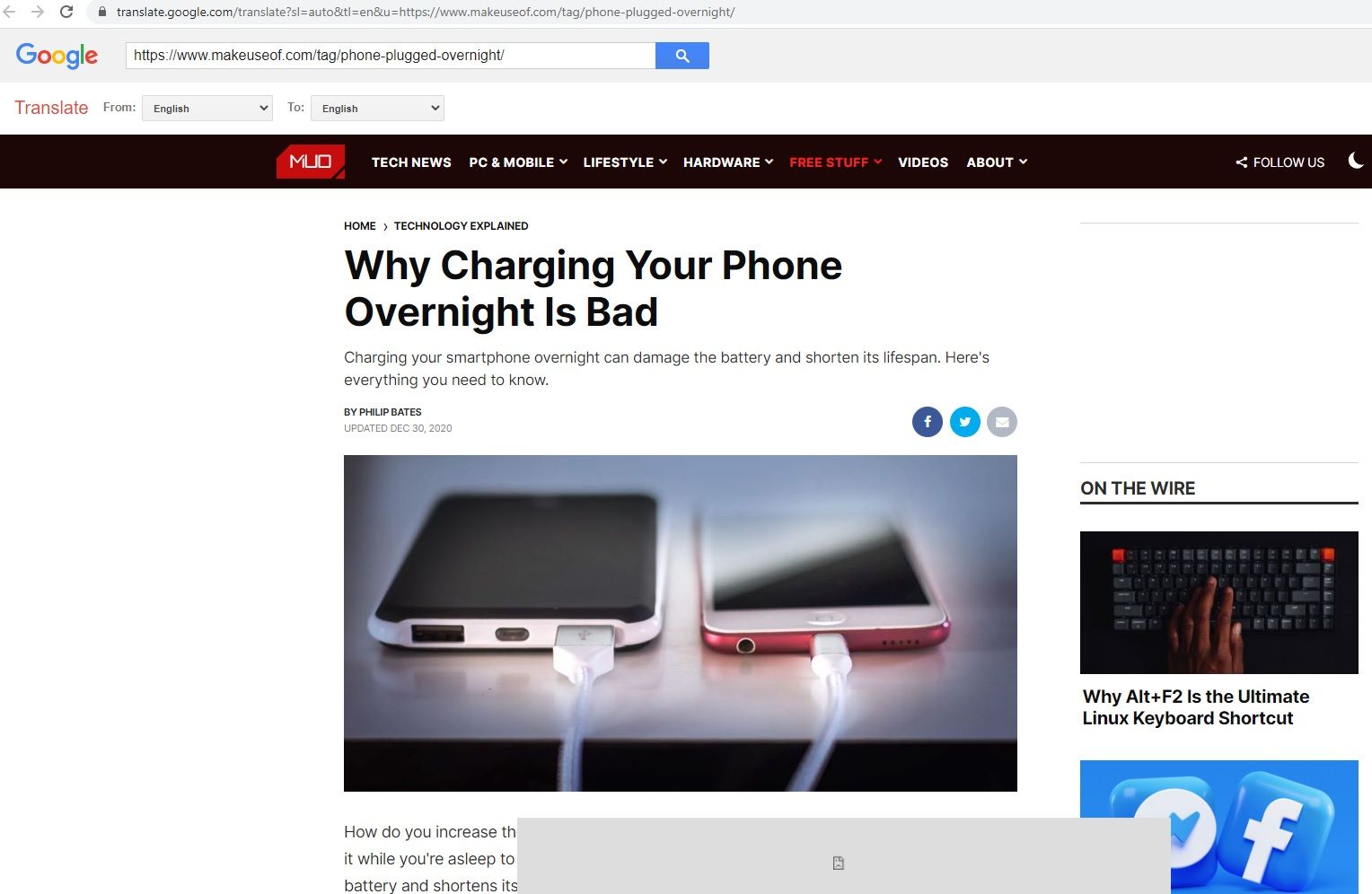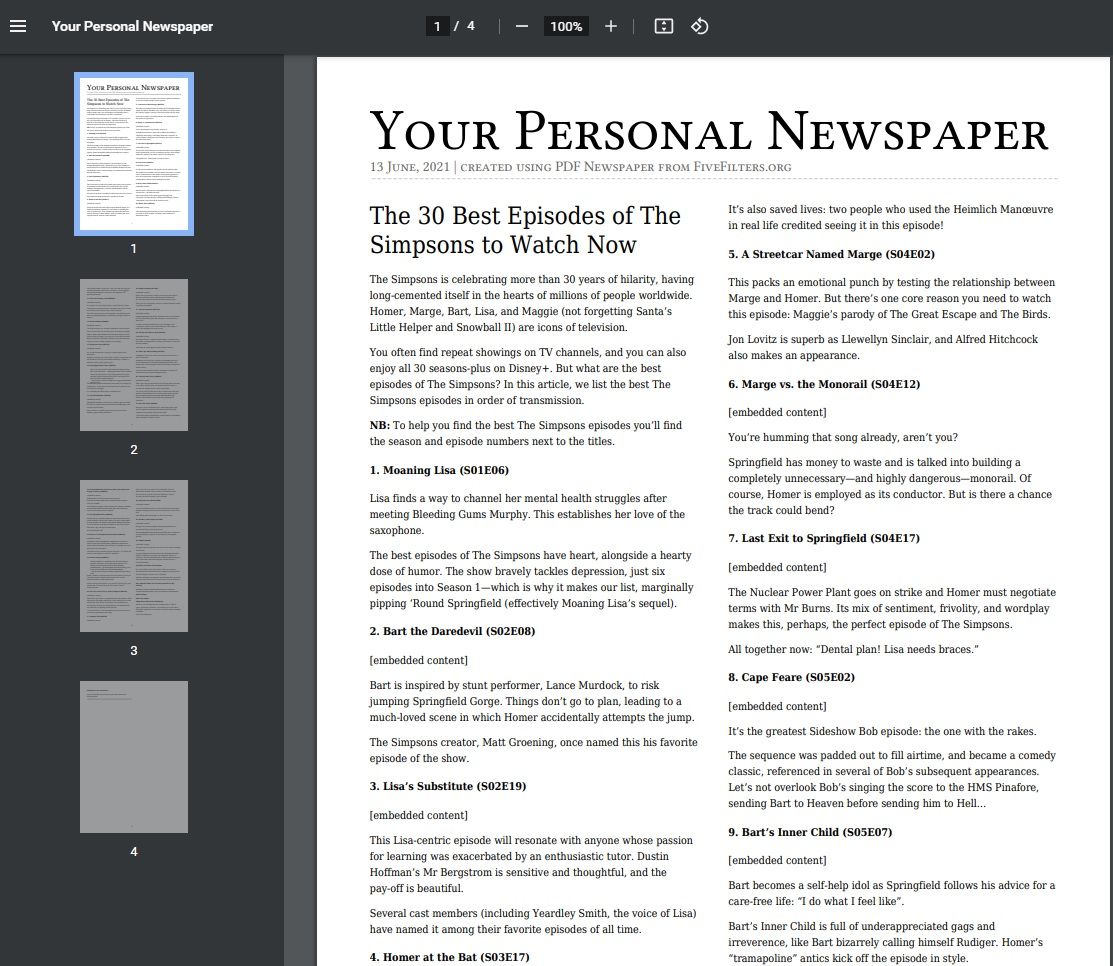Picture the scene. You're at work or school, and in your downtime, you want to peruse a website. Maybe you want to check your social media feeds or need to watch YouTube for research purposes... but it's blocked.
You could use a proxy service or VPN, but proxies might be blocked too, and VPNs require additional effort (and payment in some instances). So how can you open banned sites without a VPN or proxy? Is there a way to access restricted sites and bypass Wi-Fi firewalls at school, college, and work?
Sites are blocked for a reason: in schools, for instance, it's likely for safeguarding, i.e. protecting students from harmful content. We don't endorse anyone getting round such blocks put in place for good reason; however, in some cases, material can be banned accidentally by overzealous filters or you might need access for research.
1. How to Access Banned Websites Using Short Links Without a Proxy
This is a hugely popular method because it works in most cases. However, that also means administrators are getting wise to it. Still, it should definitely be your first port of call.
Shortened URLs became prominent due to Twitter: back when addresses counted towards the character limit, using short links was a way of condensing a tweet. It's incredibly easy to do. You just copy a URL into a service like Bitly or TinyURL, and it'll give you something like:
https://tinyurl.com/25ey9ntv
Insert it into the address bar, and you should be redirected to where you want to go, bypassing any blocks that might be in place—fingers crossed.
2. Access Restricted Sites Using an IP Address
This way is somewhat comparable to going through shortened links. Though website URLs are blocked, IP addresses might not be.
A URL is a domain name, an IP address translated into words. So while you can see the MUO domain name at the top of this page, the IP address is 54.157.137.27.
How do you find the IP address of a restricted website? In the Windows search bar, search for "Command Prompt." Then type in "tracert" and the desired domain name, and then click Enter. The IP address should appear, and you can copy this into the search bar of your browser.
Most browsers default to HTTPS, so you'll likely see a warning that your connection is not private. If you're sure you want to proceed, you can continue regardless.
3. How to Use Translation Services to Access Blocked Sites
You're probably familiar with services like Google Translate or Microsoft Translator. Many search engines and browsers offer translation options. Their standard offering is changing one language into another, so you can convert any sentence from English to Japanese, Urdu, French, etc., and back again.
It also translates whole websites—whether you actually need them translated or not. And that's why it's helpful here too.
Visit your chosen translation service. Whatever the site, follow the instructions and type the URL into the text box. For Google Translate, for example, you'll need to change the tab to Websites as it defaults to "Text". Now, click on the link in the translation output. You'll be redirected to it, but chances are that the blocks used otherwise will miss the page as it'll appear under a different address. It will look something like:
https://www-makeuseof-com.translate.goog/tag/phone-plugged-overnight/?_x_tr_sl=auto&_x_tr_tl=en&_x_tr_hl=en-US&_x_tr_pto=wapp
It's not perfect. It'll struggle with video streaming, adverts, and social media sites, for example, and responsive pages won't be as smooth as they're intended to be. Still, if it's an article you need to read for research reasons, it's ideal.
And anything you access within the translation window should also bypass your browser's restrictions!
4. Convert Pages to PDF to Access Blocked Websites
You'll generally need to sign up for this method to work. However, it's worth it, not just for reading censored pages but also for creating content that's easy to share and a pleasure to read.
There are plenty of services available online which will convert websites and more into PDFs: you just have to choose whether you want to pay for it or not.
Take Five Filters' PDF Newspaper for instance, a free PHP app that transforms articles into, effectively, a personal publication. You can read output from all your favorite sites in printable A4 or A5 sheets that are more aesthetically pleasing than RSS feeds.
You could use it to bypass blocks because Five Filters does the work of scouring a webpage for you.
It's useless for YouTube, Twitter, and viewing embedded content, but don't knock it until you've tried it. Of course, you'll need to know the exact addresses for articles, as you can't peruse a site. A simple Google search should help you with that; that is, if you know the webpage name. You could combine this technique with another method of bypassing restrictions to fully explore what you want to.
Further alternatives include PDFMyURL, ToPDF.org, and WebToPDF (which lets you view the results in your browser or via email).
5. Tether to Your Phone to Unblock Restricted Sites
You want to view a blocked site. You don't want to bypass using a proxy or VPN. You're clearly a rebel who doesn't play by anyone's rules but your own. In such a case, you won't have any grievances about using your phone when you possibly shouldn't.
The idea here is that you use the internet via tethering your smartphone, so yes, you'll need a top quality data plan to do this. It's not worth it if you just want to read something from a censored site, but if you want to watch YouTube and nothing else is working, this should work... though it's likely to be slow.
Go to Settings. From there, the method will vary slightly depending on your operating system.
On iOS, just turn on Personal Hotspot and note the password. It'll give you the option of connecting through Wi-Fi, USB (if you were really prepared!), or Bluetooth. From there, follow the instructions in that section. To tether Android devices, you'll need to go to Network & internet and then Hotspot & tethering.
This should really only be in emergencies, however, as you risk substantial bills if you go over your data usage limits. And be aware that your organization's IT department might have blocked connection to new Wi-Fi networks.
How to Bypass Firewalls and Blocks Without a Proxy or VPN
Whether you want to access banned adult sites, visit restricted pages for research, or watch a YouTube video in college, it is possible to open restricted content without a VPN or proxy.
Not everyone has the knowledge to effectively use VPNs or proxy sites, but using these techniques, you should be more than capable of bypassing any blocks you encounter without jumping through too many hoops.




